Your cart is empty
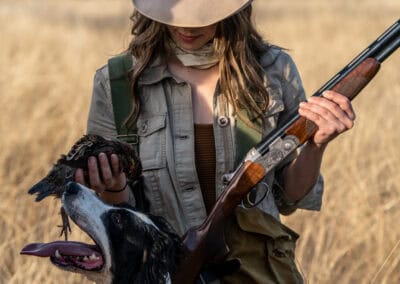
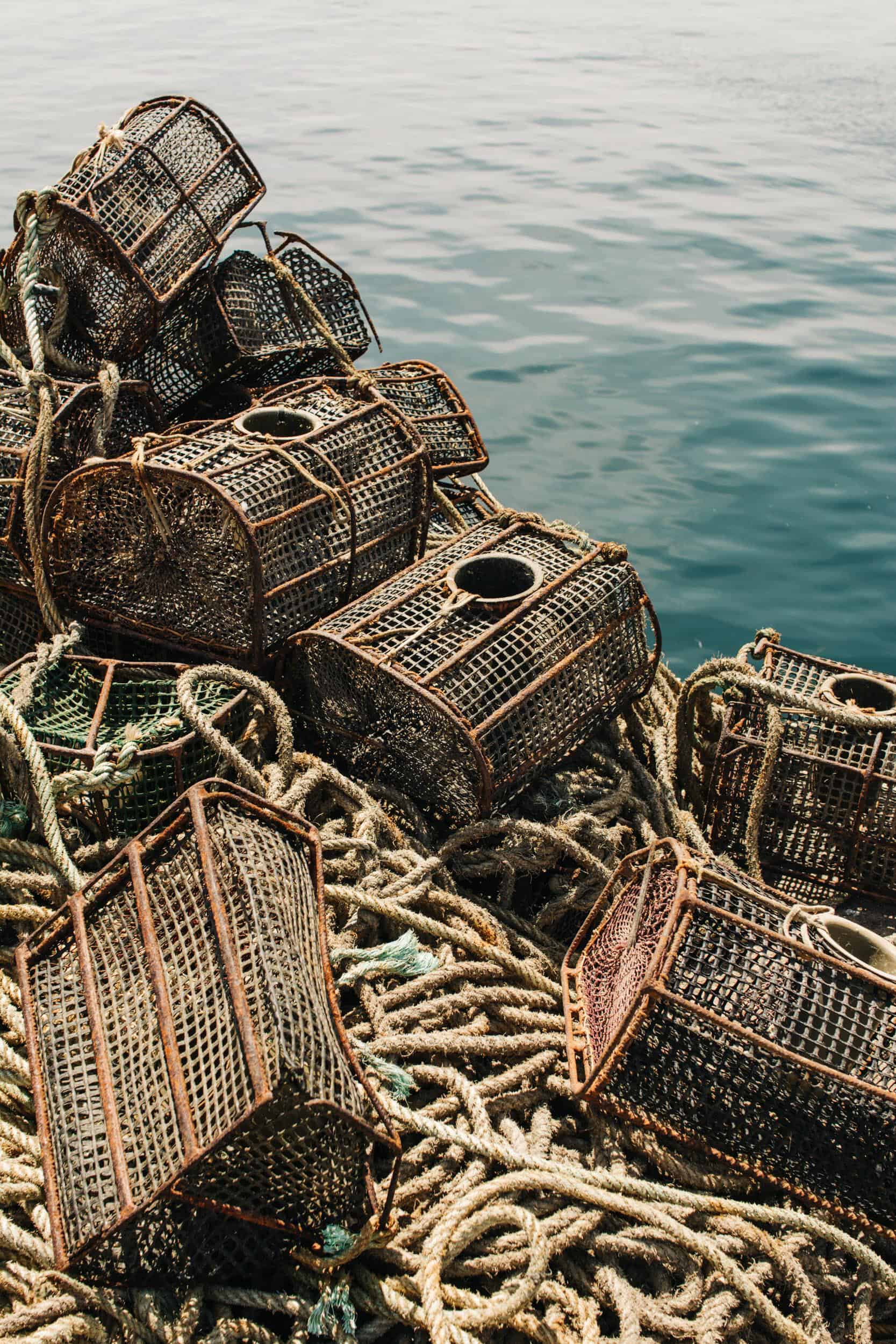
I would go so far as to say that almost everyone has a fishing or hunting story to go along with their heritage, whether they know it or not. Mine begins in the north of Spain, or as I would call it, Europe’s version of the Wild West.
My family comes from a town where, for one week out of the year, men and women run with bulls, watch them get slaughtered, and have an excuse to drink during the day. Some claim this week of the year to be art, others tradition, and others a tremendous waste of time.
Day to day, we have la comida followed by la siesta. Between the hours of two and four in the afternoon, families come home from work and school, gather at the table, and eat a large meal they prepare from scratch. Then they take a short nap and return to their school or jobs.
Every Thursday evening, people gather at bars for juevintxo and eat pintxos (tapas) while socializing with friends. On the sixth of January, we open gifts from the three kings. And on New Year’s Eve, we all dress up in costumes and flood the streets. My town is set in its ways, and I wouldn’t have it any other way.
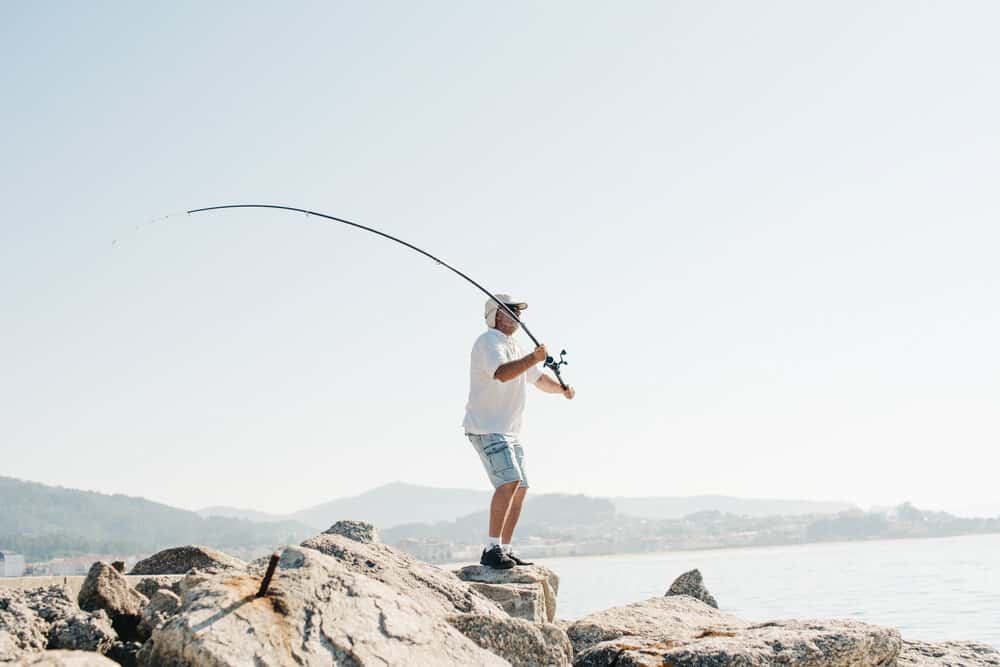
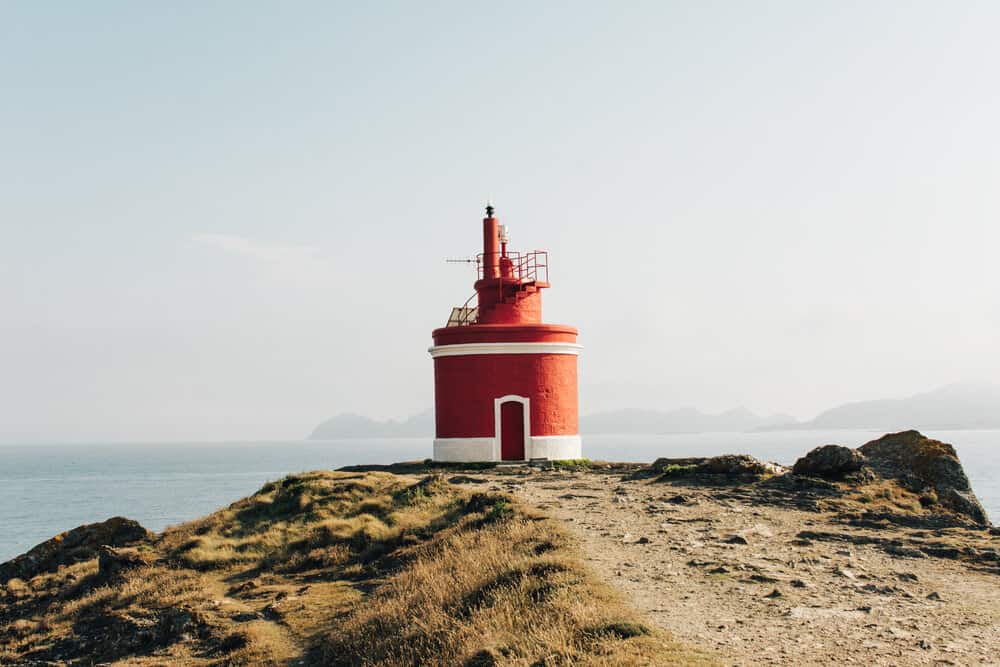
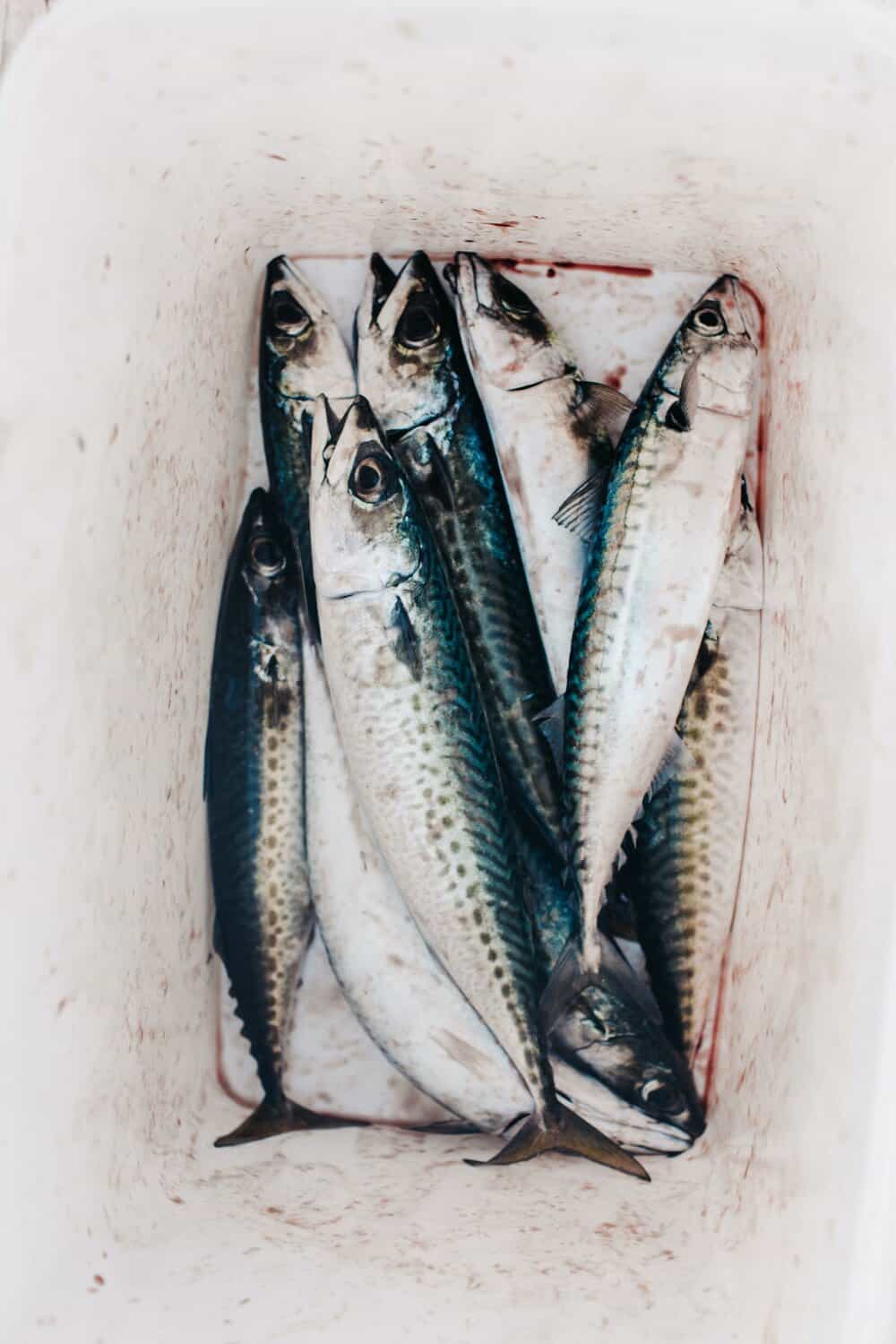
Subsistence fishing is another tradition of Spain, one I am more inclined to study and participate in. Being surrounded by the Atlantic and Mediterranean oceans, the peninsula historically provided an abundance of food for its people. In northern Spain, they fish for Atlantic albacore, octopus, muscles, squid, sardines and other species found around the coast. Traditionally, fishermen used long wooden rods or handlines to fish, or they set traps for octopus on the ocean floor. Being a country of tradition, not much has changed over the years, and these methods are regularly used today. Every day, men and women still load their boats or plant themselves on wooden docks to explore the waters and fish for food.
“The sea was like a swimming pool,” Fabio recalls between clicks of his camera shutter. “The ocean was flat and the sun was rising when Fredi met us at the docks with his bike.” Both artisanal and commercial boats were leaving the port. The previous day, Fabio and his father Carlos met Fredi on the breakwater as they all fished for caballas (mackerel) from the shore. The father and son were on a trip to Galicia from the province Navarra to escape the crowds flocking to San Fermin for the Running of the Bulls. Fabio showed interest in fishing from a boat and Fredi chimed in to say he had one, and invited them to come along the next day.
“We talked about life and work, but mostly about fishing,” says Fabio. Fredi motored the small boat to the nearby cape, Cabo Home, which lies close to the national park, Islas Cies. These islands are protected, and you need special permission to fish from them. Approaching the bateas (mussel farms), they took out their rods, added some weights and bait, and let their lines fall to the ocean floor where they waited for a bite. They quickly found themselves with an abundance of fanecas (pout), a species of small fish that live in the depths of the ocean and use the mussel farms as habitat.
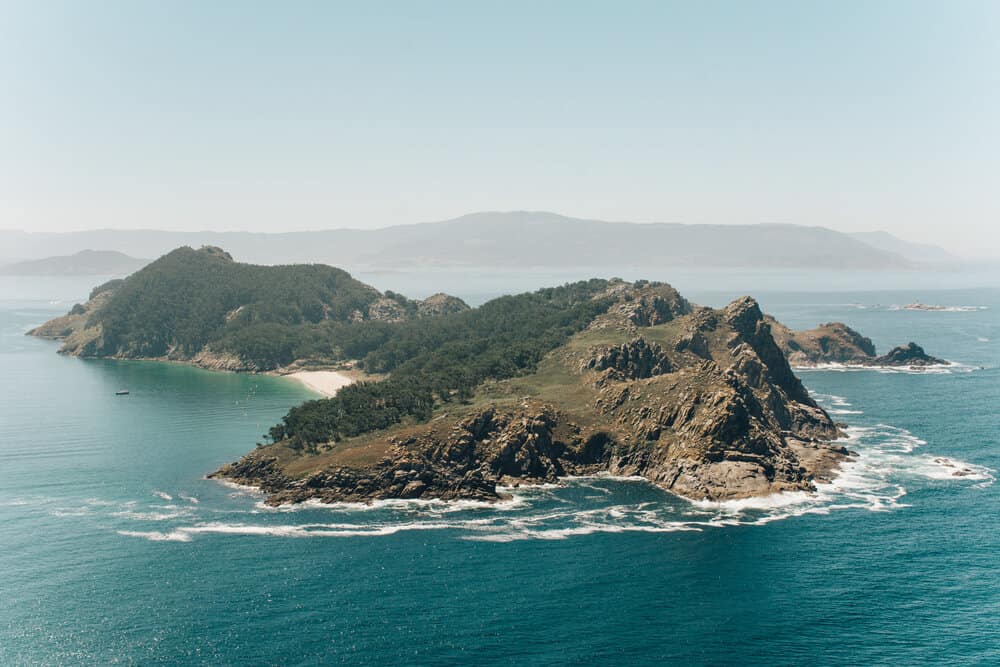
After fishing the bateas, the three men made their way back to the rocks near Cabo de Home, where they trolled the sea floor with a hand line, a bare hook and colorful bait. Once the hook reached the bottom, they began to pull up the line as they kept trolling. They did this a few times with no results. Finally, they pulled up a prized catch, an octopus. This delicacy is one of my favorites when prepared a la gallega (boiled with a bit of olive oil and paprika). While the Spanish government has taken regulatory measures in recent years, pulpo (octopus) are becoming harder to catch due to commercial overfishing.
Lastly, the crew headed for las rias. These narrow areas of ocean resembling fjords are perfect for catching caballas (mackerel). Here, the sea funnels in and it’s easier to go after a bank of fish than in the open water. They alternated between trolling with handlines and using rods, which provided a successful bounty. Satisfied with their day, they headed back for the port, where they brought their catch to a nearby restaurant to be prepared. Afterward, Fabio and Carlos returned to their home, their daily jobs, and their modern lives. Fredi returned to work, but they all keep in touch via phone and email. This was two summers ago, but because the gear and methods haven’t changed in centuries, it could have happened at any point in time — Spanish artisanal fishing is about as timeless as it gets.
As artisanal fisherman continue their tradition, larger corporations have begun to fish the same waters. These industrial crafts carry large nets or many lines. “Industrial fishing produces great imbalances in the ocean and needs permanent control. It is not, in itself, a sustainable activity,” explains Javier Gonzalez Purroy, a producer of fishing and hunting documentaries.
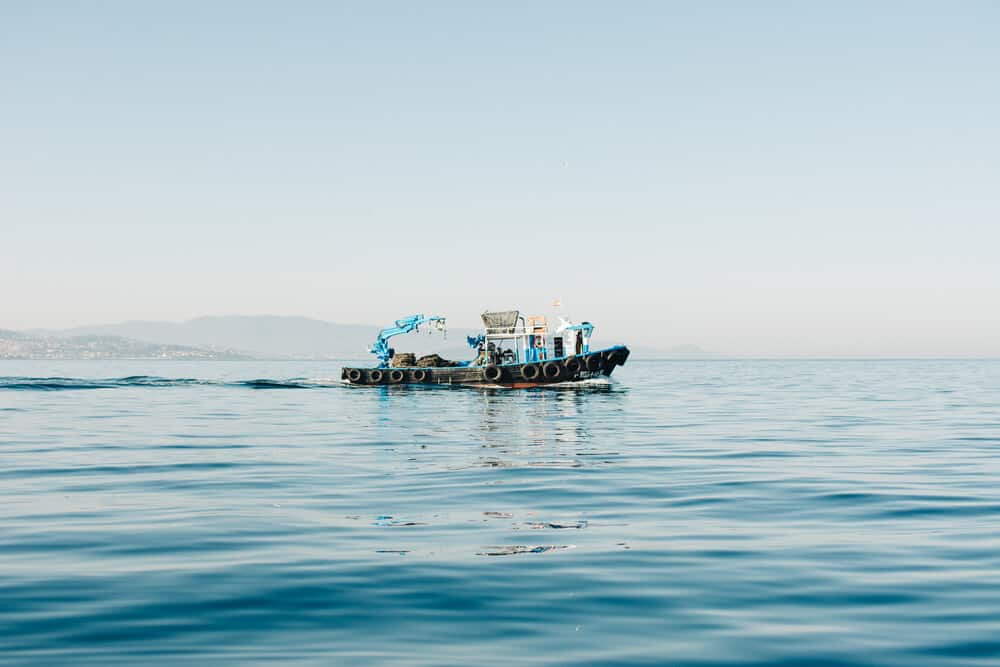
Artisanal fishing alone cannot support the current population of Spain, and industrial fishing has harmed many species like the endangered Cantabrian anchovy. In recent years, Spain has been outsourcing their fish and acquiring species like Atlantic salmon from other country’s salmon farms. As populations grow around the world, feeding people in sustainable ways becomes increasingly difficult.
“When I worked on the large fishing boats, we authentically abused the sea. The sea will never forgive us for how we destroyed it,” commented a fisherman named Arturo. This fisherman left his job on commercial crafts and returned to his roots, where he catches just enough for himself and his family.
Artisanal fishing will not make you rich, I’ll tell you that now. So if they don’t do it for the money, for great quantities of fish, and don’t use modern gear or extravagant vessels, then why? The answer is simple. It’s done this way for the love of the sea and tradition, for the feeling of wind on your face and the tug of a fish, for the joy of living — of really, truly living.
Related Stories


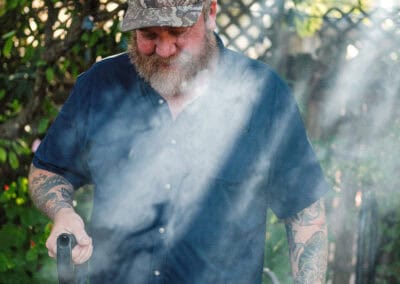
Latest Stories


